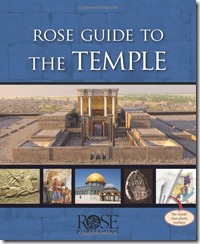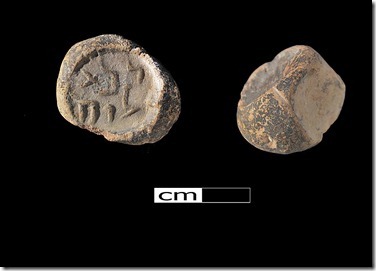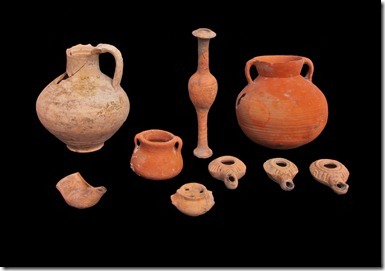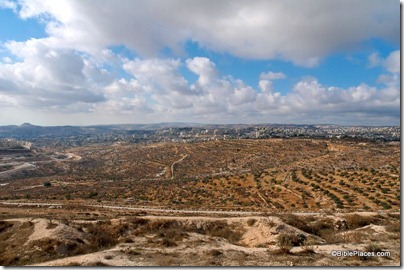Over the years I’ve mentioned the excavation at the “back” of the Western Wall prayer plaza. The latest issue of Biblical Archaeology Review has a report by the excavators on their discoveries at the site from 2005 to 2010. Since I expect some curious student to ask me in a couple of days about the big hole in the ground, the article arrived at a good time for me. I made a few notes as I read the article that I thought I’d share here.
The earliest remains at this spot indicate that it was used as an Iron Age quarry.
Later in the Iron Age, a four-room house was constructed here. This was a Jerusalemite’s home sometime after Hezekiah fortified the Western Hill with a new wall (part of which is known today as the “Broad Wall.”) The house may have been destroyed by the Babylonian assault in 586, but this is not certain. Several personal seals were found in the building, including one depicting an Assyrian-style archer.
Curiously, there is no evidence of occupation at the site in the Babylonian, Persian, or Hasmonean periods (586-50 BC).
In the New Testament period, the Lower Aqueduct ran through this area, bringing water from
“Solomon’s Pools” to the Temple Mount. The only other discovery from the 1st century was a ritual bath (mikveh).
The most impressive remains at the site are that of a monumental street. This cardo is similar in size and design to its counterpart to the west, located today in the heart of the Jewish Quarter, but the archaeologists say that the eastern cardo was constructed in the Roman period by Hadrian (whereas the southern extension of the western was built by Justinian c. 530).
All the details are presented in a much more interesting style in the January/February 2012 issue of Biblical Archaeology Review. The article, with all of its illustrations, is currently available online, no subscription required.
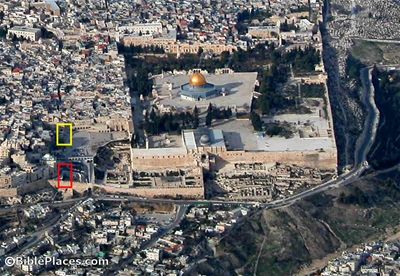
(Yellow box = present excavations; red box = Byzantine Valley Cardo previously revealed)
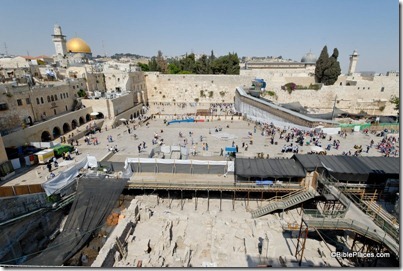
Western Wall prayer plaza with excavations, May 2008
